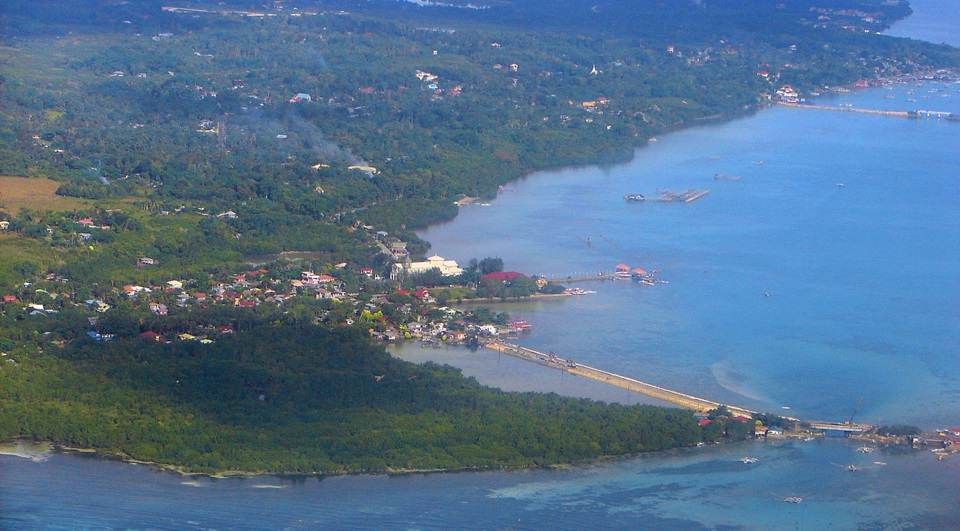For over three straight years, waters off Tagbilaran City and Dauis continued to test positive for red tide toxins.
This was confirmed Monday by Bureau of Fisheries and Aquatic Resources (BFAR) 7 director Allan Poquita who warned that shellfish caught in the areas should not be harvested, eaten or sold.
“Siga ta’g monitor ana, wa pa g’yud na ma-lift ang atoang declaration og red tide anang dapit. Based sa laboratory analysis nato naa pa gyuy presence of red tide, taud-taud na gyud na,” said Poquita.
Poquita confirmed that pollution coming from seaside informal settlements in both localities could be contributing to the continued contamination of waters in the area with paralytic shellfish poison.
“Siguro it’s one of the contributor kay kanang usa ka lugar na dunay red tide puno gyud na siya sa hugaw ug fertile na siya,” said Poquita.
He added that keeping the waters clean and free from pollutants could help in clearing the areas of red tide toxins.
Poquita noted that paralytic shellfish or red tide poisoning could be fatal and may initially manifest through symptoms such as palpitation, chills, elevated heart rate, fever and rashes.
He warned that the elderly and those with comorbidity are prone to more serious complications caused by the poisoning.
Poquita recalled that over 100 people died in Leyte in 1982 due to red tide poisoning. So far, there have been no reported paralytic shellfish poisoning deaths in the province since the red-tide warning was hoisted in 2018.
The BFAR has repeatedly called on local government units to help enforce the shellfish ban in the area.
Meanwhile, fish and other seafood such as squid, shrimp and crab caught in Tagbilaran and Dauis seas are still safe for consumption but these should be properly washed.
“Walay problema ang isda. Ang ato lang malimpyuhan og maayo unya dili kaonon og apil ang tinae, wala puy problema ng nukus kana ra gyung kinhason,” Poquita said.
While the toxins may be harmful to humans, Poquita also noted that red tide is not solely disadvantageous as the phenomenon also serves a purpose in the re-propagation of marine life.
“In environmental science, that’s nature’s way of preserving the animals and other organisms sa atong kadagatan kay wa may mo attempt og pagpang harvest because of the red tide so ang ubang naay kinabuhi sa dagat mo tambok, mo-propagate tungod sa anang hitabua,” said Poquita.
The red tide alert in Dauis and Tagbilaran City has been imposed since March, 2018.
In 2016, waters off both localities were also listed as red tide-affected areas but were later cleared in April, 2017. (R. Tutas)

